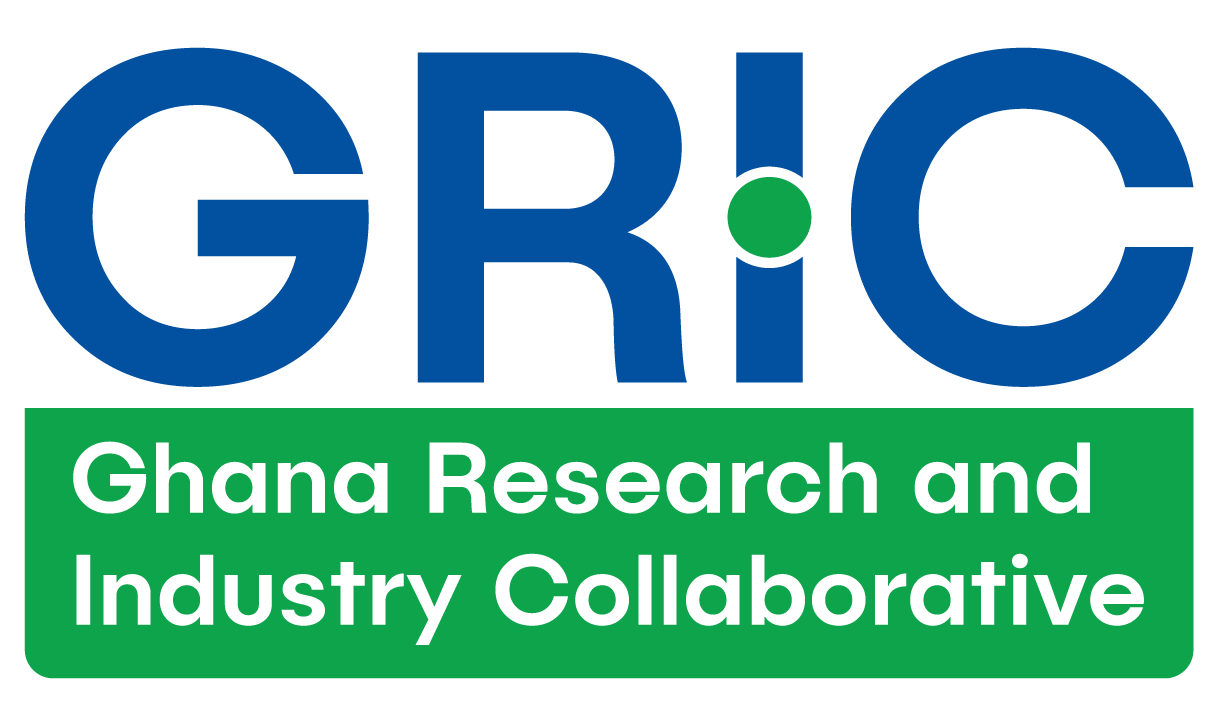This study investigates how a chemical used in water treatment, hexamethylenediaminetetra(methylenephosphonic acid) (HDTMP), can be broken down using ultraviolet (UV) light, manganese (Mn²⁺), and hydrogen peroxide (H₂O₂). The research finds that adding hydrogen peroxide significantly speeds up the breakdown of HDTMP, while manganese also helps but to a lesser extent. The study provides insights into how these methods can be used to treat wastewater containing persistent chemicals like HDTMP.
HDTMP is widely used in industrial processes to prevent scaling in water systems, but it is resistant to natural breakdown and can persist in the environment. This study addresses the gap by exploring effective methods for breaking down HDTMP using advanced oxidation processes, providing a potential solution for reducing its environmental impact.
The findings of this study are relevant for industries involved in water treatment, desalination, and cooling systems. Environmental agencies and wastewater treatment plants can also benefit from this research by adopting more effective methods to remove persistent chemicals from wastewater.
The study suggests that using UV light combined with hydrogen peroxide is the most effective method for breaking down HDTMP in water. This method could be implemented in industrial wastewater treatment facilities to improve the removal of persistent chemicals, leading to cleaner discharge and reduced environmental contamination.
Wastewater treatment facilities should consider incorporating UV light and hydrogen peroxide into their processes to enhance the breakdown of persistent chemicals like HDTMP. Further research should explore optimizing these methods and testing them on other similar chemicals to develop a more comprehensive approach to water treatment.
